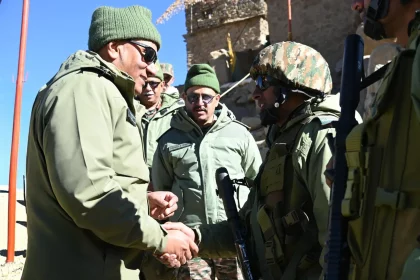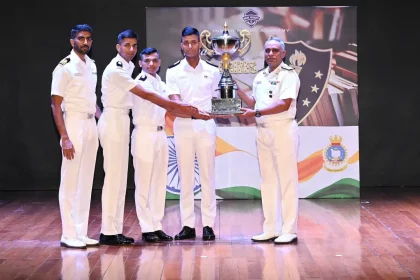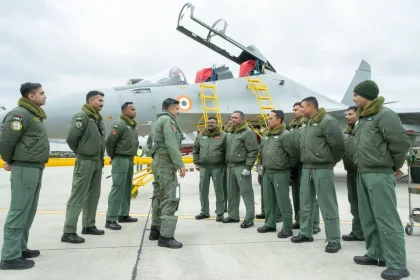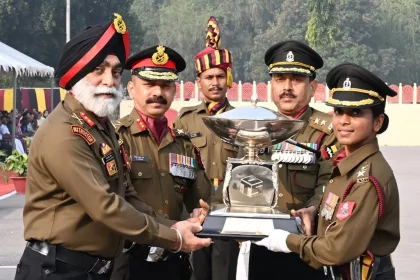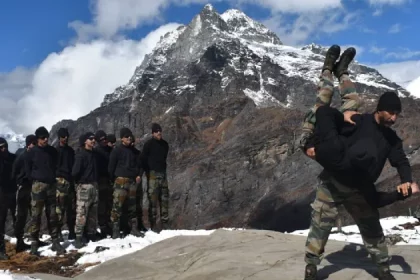Lt Gen Pratik Sharma Reviews Security Preparedness in Dras–Kargil Forward Areas
Visit Reinforces Focus on High-Altitude Readiness Ahead of Harsh Winter.
Indian Naval Academy Honours Top Performers at Autumn Term 2025 Academic Awards Ceremony
Celebrating Academic Excellence and Innovation in Grooming India’s Next-Generation Naval Leaders.
Indian Army and IAF Conduct Integrated Logistics and CASEVAC Drill Under Exercise Sambhaar Shakti
Joint airlift and medical evacuation drill validates logistics synergy, interoperability, and rapid response capability across services.
Indian and French Air Forces Sustain High Operational Tempo in Exercise Garuda 25
Bilateral air exercise showcases seamless coordination, high-tempo missions, and advancing tactical interoperability.
Captain Sandrima Ashok Wins Best Officer in Field Events as well as Best All-Round Officer in Passing-Out Parade of 123 Officers at AMC Centre & College
123 Medical and Dental Officers Commissioned into Armed Forces Medical Services.
Indian Army’s Trishakti Corps Launches AMAR Combat Training Above 14,000 ft to Boost High-Altitude Readiness
High-altitude martial arts training and indigenous gear push Army towards greater self-reliance and close-combat dominance.

